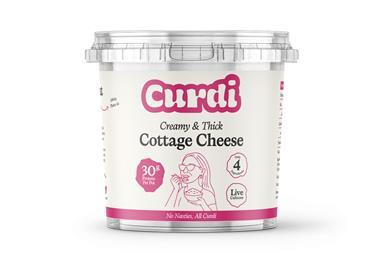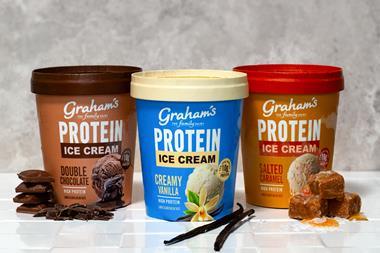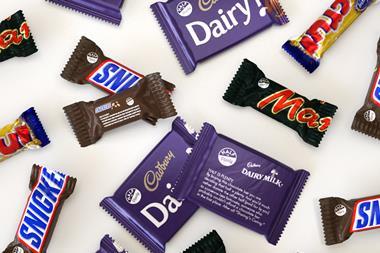Dairy market prices have firmed up over recent weeks in the UK and across the EU generally in contrast to predictions made earlier in the year. This is partly a result of strong demand for many of the main products, such as cheese. But the unexpected factor has been the sharp downturn in EU milk production so far this year.
The problem started with a cold, wet spring with poor grass growth, and was then followed by record high temperatures in June and July that burnt up the pastures. Cows found these very hot conditions uncomfortable and milk yields fell as a result. The most recent available figures indicate that milk output dropped by up to 4% in June and July in major milk-producing areas such as France and Germany. UK output has also dropped but
at a lower rate.
The combination of strong demand and lower output has pushed up dairy prices during a period when the market was expected to fall following the July intervention price cuts. In the UK, butter and milk powders are currently in short supply and priority has been given by the dairies to maintaining supplies of cheese.
Cheese prices are steady but those for the main milk protein-containing products have been escalating. Skimmed milk powder have risen by about £100 per tonne and whey powder is now standing at record levels of about £550 per tonne. Bulk butter prices have also moved up and at more than £1,700 per tonne are at a premium of nearly 10% to intervention. Prices for bulk cream - also in short supply - have risen, too.
This upturn might be temporary if production across Europe recovers during the winter - although poor fodder supplies and higher grain prices may slow down recovery. Recent cuts in farmgate milk prices, which were based on pessimistic market price assumptions, may have to be reviewed. UK farmer organisations are already pushing for increases to be paid on the back of the better markets.


















No comments yet